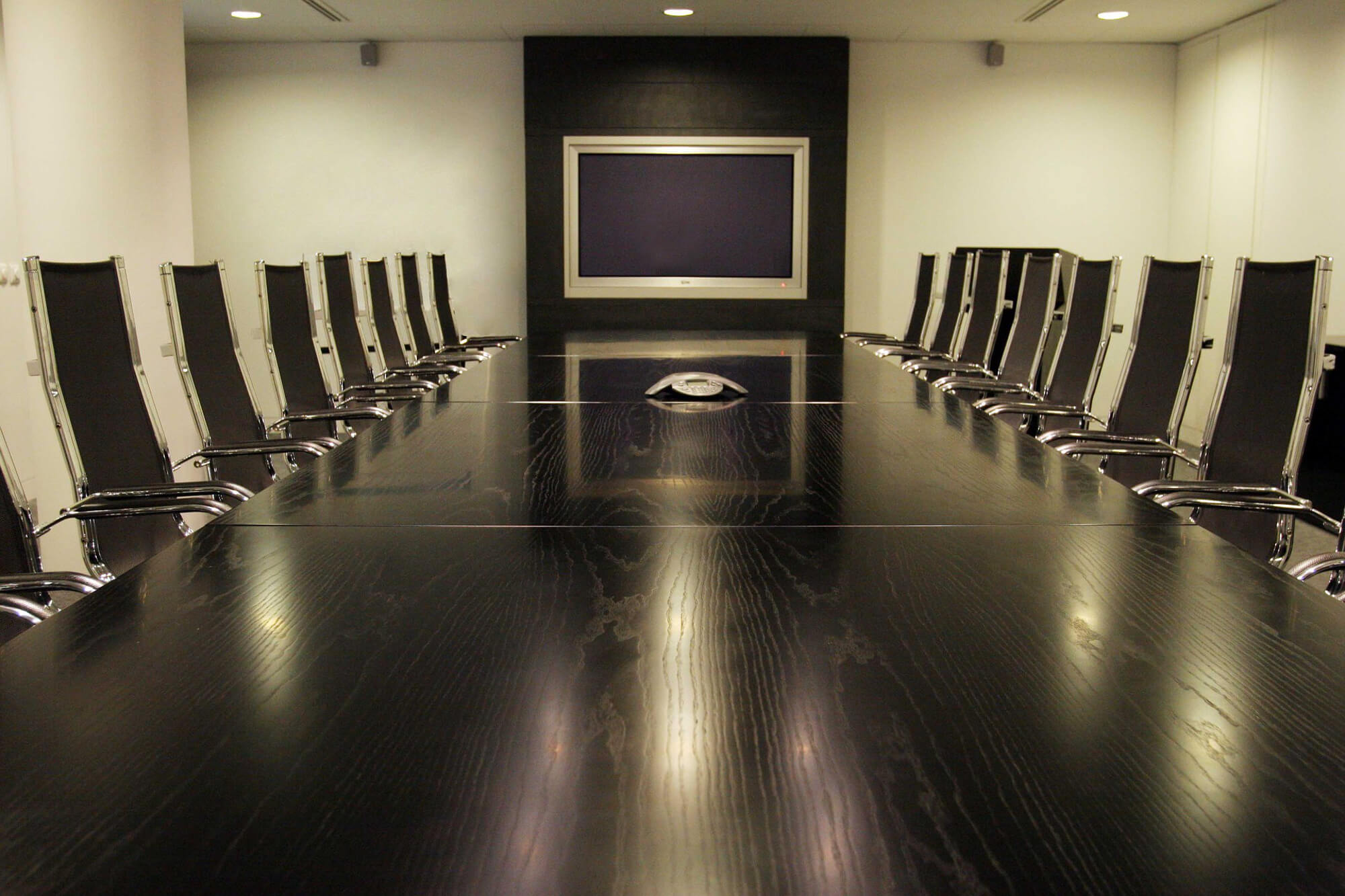Screen Mirroring Mini-Guide
September 19th, 2017 by admin
Setting up your conference room for wireless screen mirroring is the answer to employees sharing in a collective groan when it's time to connect a computer or mobile device to show a presentation. While setting up the conference room television or projector doesn't have the same level of disdain as the office printer, it can still be a major source of frustration when half of your staff is in the conference room waiting for the technology to cooperate.

Screen mirroring allows any presenter, even a guest, to take a BYOD approach to giving a presentation with minimal effort. Not having to fiddle around with running cables and sorting through a "junk drawer" collection of video converters not only saves time but also increases productivity.
What is Screen Mirroring?
Screen mirroring, or screen casting, is when you duplicate the content on a computer or smart device on either a television screen or projector. In the past, someone would connect a computer to a TV or a projector through a cable which the device would treat just like a monitor. However, screen mirroring is different because it replicates the content on the device's screen instead of treating the presentation device as a second screen. Modern smart devices and computers support screen mirroring, but the main problem arises when trying to find a setup that will support all of the common standards.
The Platforms:
- Windows & Android Devices
- While Windows and Android devices aren't running software from the same companies, if a screen mirroring device supports one it more than likely supports the other. If your office has a smart TV or a smart projector, it might support screen mirroring out of the box for Windows and Android devices. However, if the TV or projector doesn't have smart functionality, you can add support with a relatively inexpensive streaming device like Miracast, Roku or WiDi adapters.
- Mac Computers & iOS Devices
- Supporting screen mirroring is very straight-forward, but there's only one headache-free way to ensure support: connect an Apple TV device to the TV or projector. We've previously discussed setting up AirPlay through Apple TV. If you're not going to use Apple TV, you're stuck relying on finding a third-party receiver or app that supports AirPlay or messing with network settings every time you want to connect a device.
Device Checklist for Full Support
What your business should do is create a checklist for each of the four main device types and run a test of each to ensure compatibility. First, see which device types you can connect with your existing configuration. Next, determine which additional devices you'll need to purchase for full support. An example setup could be a Samsung Smart TV paired with Apple TV or a standard LG TV with a Roku and Apple TV.
Streamlining your conference room screen mirroring setup is just one way the IT consulting experts at ATS can help your business increase productivity. Contact us today!
Posted in: Knowledge

